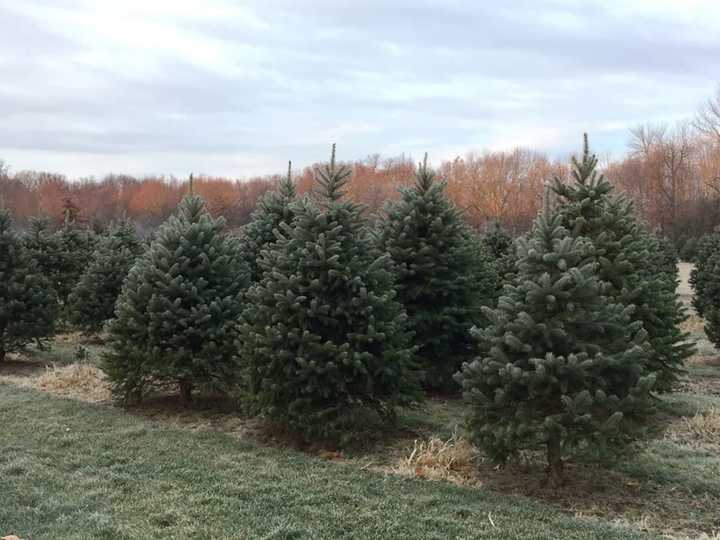In the past eight years, the number of acres devoted to growing crops and raising livestock such as horses, cows, and chickens has sprouted to 196,164 acres from 164,380, an increase of 19 percent.
The county recently released a "snapshot" of its farming industry based on stats from a state review.
According to that compilation, farms account for 38 percent of the county’s land.
That means there’s lots of lettuce to be made by tilling the soil in Dutchess.
The state also found that the value of the county’s agricultural products has grown by 58 percent over the last 15 years.
Livestock sales alone have moo-ved up $13 million and crops sales have grown by $5 million.
More than 40 percent of the county’s farms is not actually owned by the folks that work them; it’s leased to them at low, or no, cost.
This makes it possible, the county says, to maintain its “strong agricultural foundation.”
Hay, beef cattle, horses, and corn are – acre-wise – the top commodities in Dutchess.
If graded by sales value -- the amount of money made when something is sold -- the top products are, in order: horses, grains, hay, flowers, plants and trees; and vegetables and fruit.
Chickens raised for meat and their eggs, cattle, horses, and goats make up the county’s top inventory numbers, the review found.
Molinaro recently praised the county’s “strong agricultural heritage” at a breakfast meeting hosted by several agricultural and environmental groups.
Farms, he said, not only provide fresh food and help feed residents in need, they are a bountiful source of jobs.
According to the "snapshot," 678 farms in Dutchess are responsible for 2,200 full‐tme jobs. There are at least 4,400 jobs attached to the agriculture infrastructure – and that’s not counting grocery stores or food distribution chains.
Beyond the hands-on stuff like planting, harvesting, and milking Old Bessie in the wee hours, those jobs can involve processing and selling locally sourced products and caring for livestock.
Just take horses, for example. The equine beasts require veterinary care, transport, hay, grain, bedding, equipment, tack shops, manure disposal, fencing, and someone to shoe them.
Losing those types of “satellite ventures” would have, the county says, tremendous impact on its economy.
Just-picked and practically still-on-the-hoof ingredients have also proven to be a boon to the growing farm-to-table movement.
Beekeeping has been a welcome addition to the rural landscape, an important development in light of the recent honeybee die-offs around the globe, the "snapsnot" said.
Nature’s pollinators are currently under threat because, some say, of widespread pesticide use and other factors, such as climate change.
Humans can do without honey, but crops like apples, peaches, onions, beets, coffee, and cotton? Not so much.
Not only do farms plow money back into the community, they cost less in terms of services, according to the county, Cornell University Cooperative Extension, and Th!nk Dutchess Alliance for Business.
Agriculture and agricultural lands in Dutchess cost 17 cents for every dollar paid in taxes for community services, whereas a residence requires $1.23 for every one buck paid in taxes for community services.
Finally, the “snapshot” points out, farms are great for tourism. Kids can learn where their bacon and eggs come from, and families can go fun outings such as apple and pumpkin picking in the fall.
The mere diversity of its agriculture shows, that the county is more than serious about preserving its farmland, Molinaro said.
To read more about agriculture in Dutchess, click here.
Click here to follow Daily Voice Poughkeepsie and receive free news updates.


